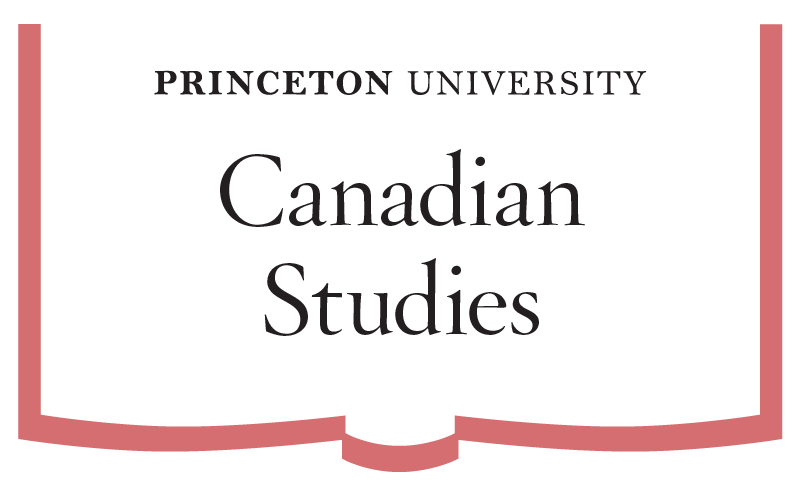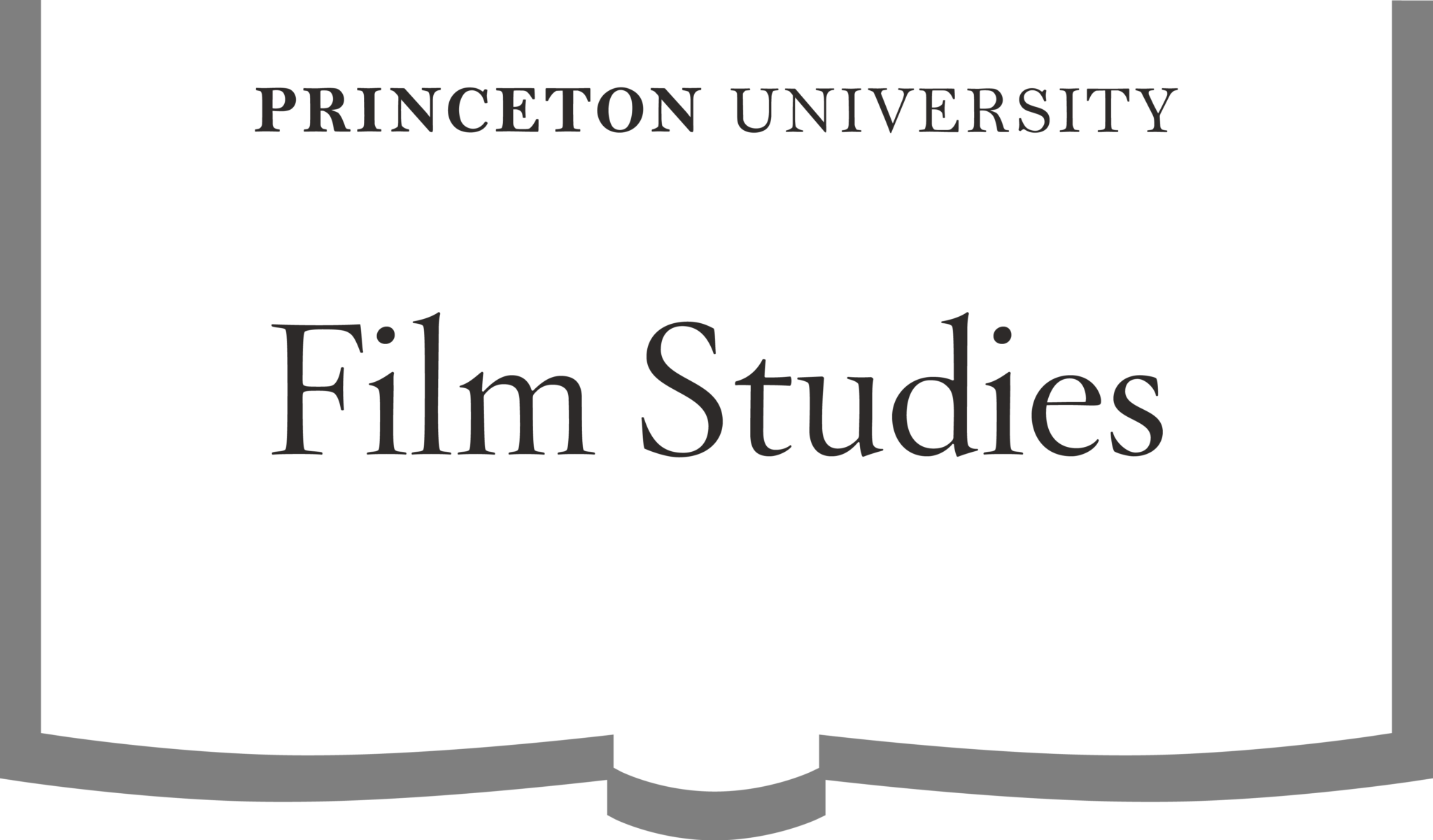Professor Irene Small’s (Art & Archaeology) humanistic studies course, “Language to Be Looked At,” profoundly impacted the way undergraduate students look at words and art.
Zoha Khan ’26 had stratospheric expectations when she enrolled in the course – her first art history course – at a friend’s recommendation. “He raved about how it had completely shaped his entire perspective and became a new framework lens of his life,” said Khan, in a story featured on the Department of Art & Archaeology website. As this semester’s iteration of the course comes to a close, Khan confirms, “It fundamentally altered my life, too.”
The course grows from a dynamic web of intersections. Born from a seed grant from the Humanities Council, and cross-listed with art & archaeology and English, Small’s class delves into the disciplines of linguistics, history, philosophy, music, and sociology, to name a few. Hovering at the junction of language and visual art, the course examines concrete and visual poetry as well as language-based art forms that grew out of the 20th-century modernist and avant-garde movements. Here students encounter poetry that leans so heavily into visual art that there’s no way to communicate a poem’s intended meaning simply by reading it aloud. Untethered from standard conventions or mediums, meanwhile, works of art examined in the class can be viewed, touched, or even read as a musical score. Through close looking and reading, students in Small’s course considered works of art and poetry by means of such themes as representation, abstraction, ideogram, instruction, and networks.
“My first love was modernist poetry,” said Small, “but now, as an art historian, I am far more attentive to the materiality of language at a visual and pictorial level. I’m even more fascinated by the way language penetrates into the structure of works of art. When we approach language in a concrete fashion—considering just the four words that make up Glenn Ligon’s 1988 painting I am a Man, for example, we start to unpack the myriad ways in which looking at language fundamentally changes what we imagine it can say. I wanted to teach a class that would make space to linger in these possibilities.”
Read the full story on the Department of Art & Archaeology website.













